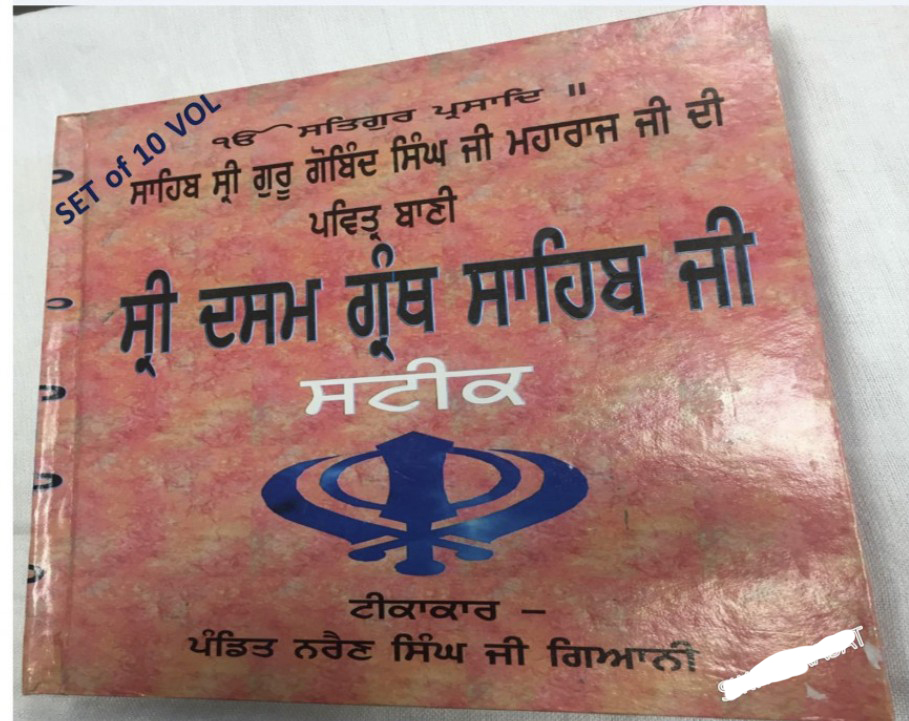Dive into Narinderpal Singh's exceptional Punjabi novels depicting Sikh history. Discover his acclaimed works like 'Baa mulahaza hoshiar' and more!
AKHBAR-I-DARBAR-I-MAHARAJA RANJIT SINGH, also called Akhbari Deorhi Sardar Ranjit Singh Bahadur, is a set of Persian manuscripts comprising 193 loose sheets of unequal size and containing, as the title indicates, news of the court of Maharaja Ranjit Singh (1780-1839). These sheets are believed to be newsletters sent from the Punjab for the Peshwa Daftar at Poona (now Pune). The collection was first discovered in 1932-33 by Dr Muhammad Nazim, an officer of the Archaeological Survey of India, in the Alienation Branch of the Divisional Commissioner\'s office at Poona.
Explore the powerful narratives of Dalip Kaur Tiwana, a celebrated Punjabi novelist highlighting women's struggles. Discover her award-winning works!
BRAHAM GIAN (Knowledge of the Divine), by a Sevapanthi saint Gopal Das, is a treatise in Punjabi on theology. The work is unpublished and the only extant copy of the manuscript is preserved in the private collection of Dr Tarlochan Singh Bedi at Patiala. It contains 219 folios and was written presumably in the first half of the eighteenth century. Another incomplete copy of the manuscript existed under MS. No. 1700 in the Sikh Reference Library, Amritsar, until it perished in 1984 in the Army attack on the Golden Temple premises.
Bhagwan Singh (1850 - 1902) born in the village of Marajh, now in district Bhatinda in 1850,has given the story of Heer a popular rural colour characteristic of the Malwa or the southern region of Punjab. It is written in the classical Kabit form in the Hindu tradition. Sohni Mahival and Mirza Sahiban are two of his other issas besides which he has written many popular stories in verse-form.
Baba Kalu, the father of Guru Nanak, had worldly ambitions for his only son and wished that he should learn how to read and write and one day take his own place as the revenue superintendent of the village. So when Nanak was seven he was led to Gopal, the pdndhd, who felt happy to have with him a pupil so well spoken of in the village. He gave Nanak a place among his other pupils seated in a row reverentially on the ground in front of him. On a wooden slate he wrote down the first few letters of the alphabet of Sidhongdid or Sindhangdid script then in vogue among the commercial class, and gave it to Nanak to learn from.
Explore Tejwant Singh Gill's para-Marxist perspectives on Punjabi literature, highlighting his analyses of poetry, novels, and the socio-cultural state.
Explore the rich history of Hukamnamas, letters of command from Sikh Gurus. Uncover their role and legacy in maintaining spiritual connection.
Explore the legacy of NAND RAM, poet of Guru Gobind Singh, known for works on Kaliyuga and the Guru's life. Delve into historical verses in Gurmukhi.
- 1
- 2



